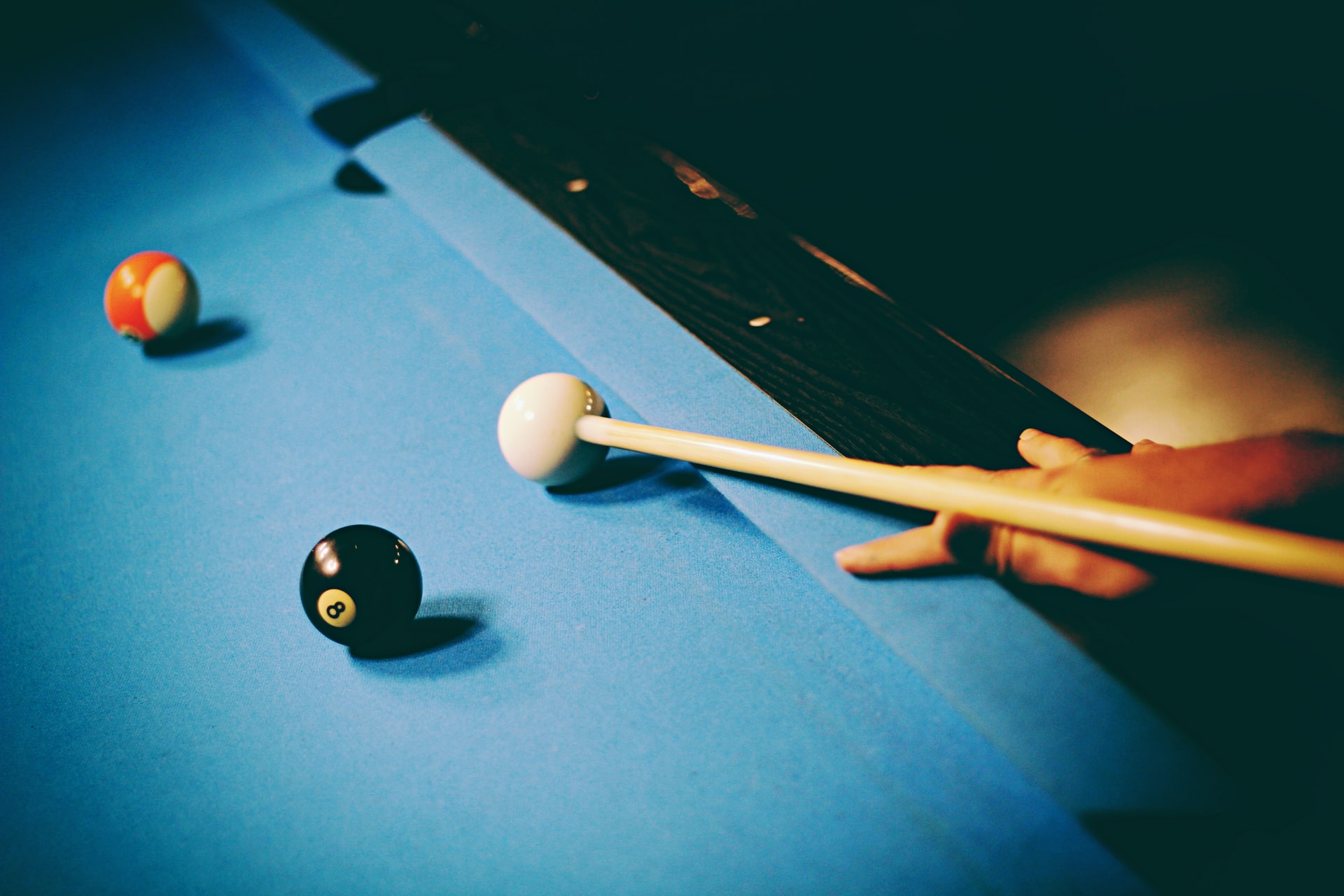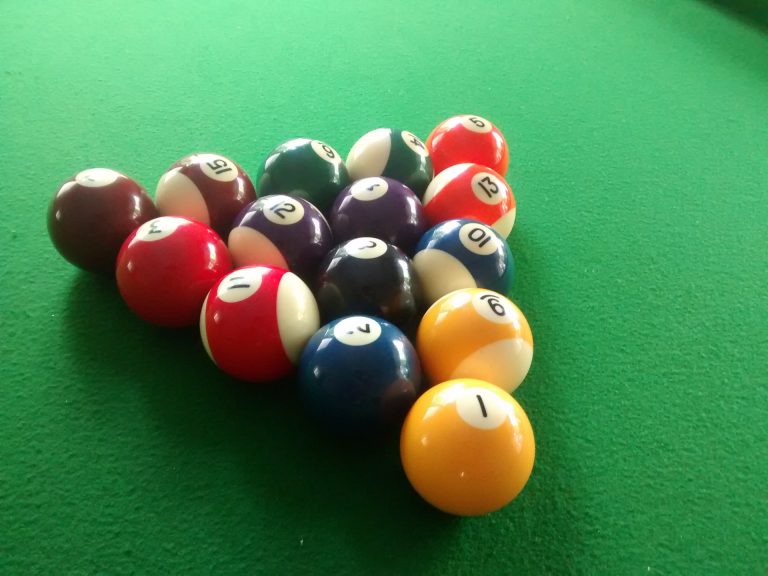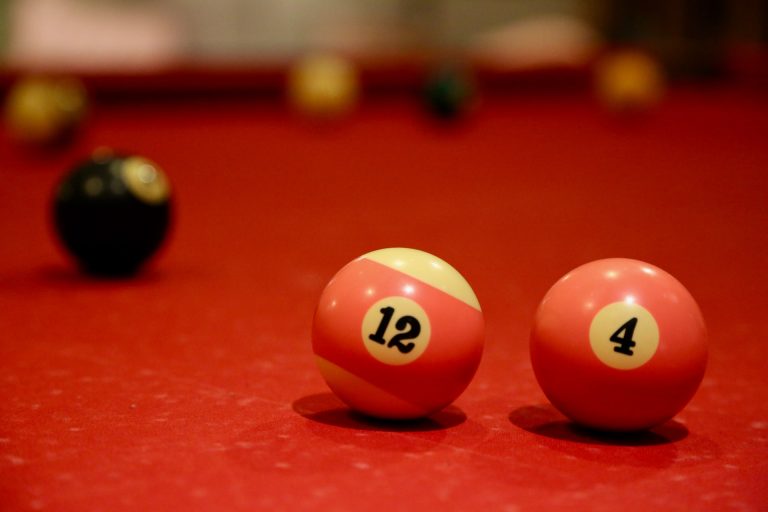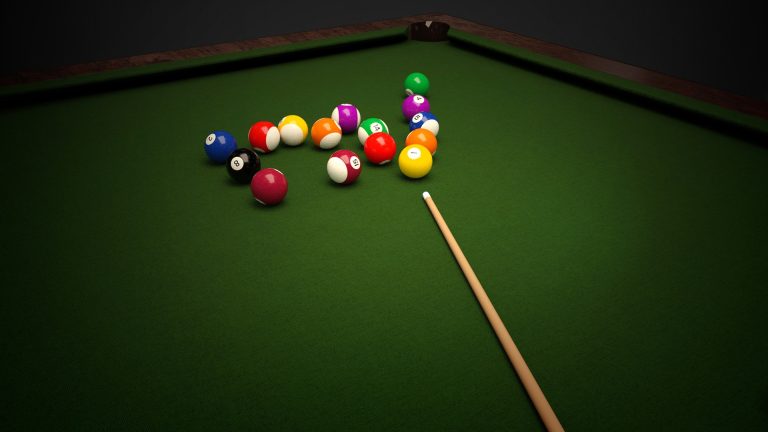What Is Open Bridge Pool?
If you are new to the game of pool, you may be wondering what all of the different terms mean. One term you may have heard is “open bridge.” This simply means that your hand is open, with all five fingers visible.
By contrast, a “closed bridge” would mean that your hand was closed, with only a few fingers visible. When playing pool, it is important to use an open bridge to ensure good control of the cue ball.
What Is Open Bridge Pool?
In the game of pool, the open bridge is a type of grip that allows the player to hold the cue in their hand in such a way that the hand is completely free from touching the cue stick. This grip is also sometimes referred to as a “hand-hold” or “no-touch” grip.
There are many benefits to using an open bridge in pool. One of the main advantages is that it gives the player much more control over the cue stick. With this grip, the player can apply spin to the cue ball with greater precision and power. In addition, this grip also provides better stability when taking long shots.
Another benefit of using an open bridge is that it can help players avoid getting calluses on their hands from holding the cue stick. This is because the grip keeps the hand from coming into contact with the cue stick.
Finally, using an open bridge can also help players execute shots more smoothly and with less effort. This is because the player’s hand is not blocking their view of the cue ball when they are taking their shot.
Overall, there are many advantages to using an open bridge in pool. If you are looking for a way to improve your game, this may be a good option for you to consider.
There are several different ways to grip the cue stick when using an open bridge. The most common way is to hold the stick between the thumb and index finger, with the other fingers wrapped around the back of the cue.
Another option is to hold the stick between the middle and ring fingers, with the index finger extended outwards. This grip can be helpful for players who have difficulty gripping the cue stick with their whole hand.
Finally, some players prefer to hold the cue stick between the pinky and ring fingers, with the other fingers wrapped around the back of the cue. This grip can be helpful for players who want to keep their hand closer to their body when taking their shot.
Whichever grip you choose, make sure that you are comfortable with it before using it in a game. Practice your shots with this grip until you feel confident that you can execute them accurately and consistently.
Is Open Bridge or Closed Bridge Better Pool?
There are two types of bridges in pool, open and closed. So which one is better? It really depends on your playing style and what you’re trying to accomplish.
If you’re a more aggressive player, then you might prefer a closed bridge. This type of bridge gives you more control over the cue ball, making it easier to put spin on the ball and execute precision shots.
If you’re more of a defensive player, then an open bridge might be a better choice. An open bridge gives you a wider base, making it harder to miscue. And because the cue ball is less constrained, it’s also easier to safety play with an open bridge.
Ultimately, it’s up to you to decide which type of bridge works better for your game. Experiment with both and see which one you like best.
What Does Bridge Mean in Pool?
A bridge is simply an extension of your arm that allows you to reach shots that are otherwise out of your normal range. Bridges come in all shapes and sizes, but they all serve the same purpose.
There are many different types of pool bridges, but the most common is the standard bridge. This type of bridge is simply a piece of wood or metal that you place between your cue stick and the cue ball. The other end of the bridge rests on the table surface, giving you a stable platform to shoot from.
Bridge sticks can be made from a variety of materials, including wood, metal, plastic, and even fiberglass. The choice of material is often dictated by personal preference, as each type has its own unique feel.
When using a bridge, it’s important to keep your grip firm but not too tight. You also want to make sure that the bridge is positioned correctly so that you don’t accidentally scratch the cue ball or the table surface.
If you’re new to the game of pool, or if you’re simply looking for a way to improve your shot-making ability, a bridge can be a valuable addition to your pool cue arsenal.
With a little practice, you’ll be able to execute shots that would otherwise be impossible. So get out there and start shooting!
What Is a Closed Bridge in Pool?
A closed bridge is a type of cue stick grip in which the hand is positioned so that the thumb and index finger touch. The other fingers are then curled around the shaft. This grip provides more control over the cue stick, and is often used by experienced players.
Closed bridge is a type of cue stick grip in which the hand is positioned so that the thumb and index finger touch. The other fingers are then curled around the shaft. This grip provides more control over the cue stick, and is often used by experienced players.
When using a closed bridge, it is important to keep the wrist firm and avoid cupping the hand. This will help to ensure a smooth stroke and prevent mis-hits. It can take some practice to get used to using a closed bridge, but it is well worth the effort for the improved control it provides.
Can You Use a Bridge in Professional Pool?
Yes, you can use a bridge in professional pool. In fact, many professional pool players use bridges during their games. Bridges can help you take shots that would otherwise be difficult or impossible to make.
If you’re not familiar with using a bridge, here’s a quick rundown. A bridge is simply a device that helps support your cue stick when you’re taking a shot. It gives you more control over the cue stick, and it can also help you reach shots that are otherwise out of your range.
There are different types of bridges available, and each has its own advantages and disadvantages. The type of bridge you use will ultimately depend on your own preferences and shooting style.
One type of bridge is the hand bridge. This type of bridge is held in your hand, and it’s attached to the cue stick with a clip or strap. The advantage of this type of bridge is that it’s very easy to use and it gives you a lot of control over the cue stick.
The disadvantage of the hand bridge is that it can be difficult to keep the bridge steady, especially if you’re taking a shot that requires a lot of precision.
Another type of bridge is the mechanical bridge. This type of bridge is not held in your hand; instead, it’s mounted on a stand or table. The advantage of the mechanical bridge is that it’s much more stable than the hand bridge, so it’s ideal for shots that require more precision.
Learn: Best Way To Hold A Pool Cue
Conclusion
Closed Bridge: A closed bridge is a type of shot in pool where the cue ball is hit to make contact with two object balls that are frozen together, and then the cue ball rebounds off one of those balls into a pocket. This shot can be used as an offensive or defensive measure, depending on the position of the other balls on the table.
-Bridge: When using a bridge, you hold your hand out in front of you and place it against the shaft of the cue stick. This gives you more stability when shooting, and helps ensure that you make accurate shots.
-Open Bridge: An open bridge is another way to shoot pool, and it’s similar to using a closed bridge but with one key difference – your thumb is not touching your fingers.
This leaves your hand open so that you can see what’s going on around the table much better. Many players find this position more comfortable and stable than using a closed bridge.

I’m Maverick and I love playing pool games with my friends. I found myself struggling for proper guidance playing this game and selecting good quality equipment for it. I, then, decided to create this blog to guide pool enthusiasts to get right information and start enjoying their game.





![Why is billiards called pool? [Know The Answer]](https://poolcuechamp.com/wp-content/uploads/2022/04/avi-richards-pYxkImx886M-unsplash-768x577.jpg)

![Why Are Pool Cues Expensive? [Find Now]](https://poolcuechamp.com/wp-content/uploads/2022/04/jonas-thijs-ih2IlFTDpjY-unsplash-768x512.jpg)